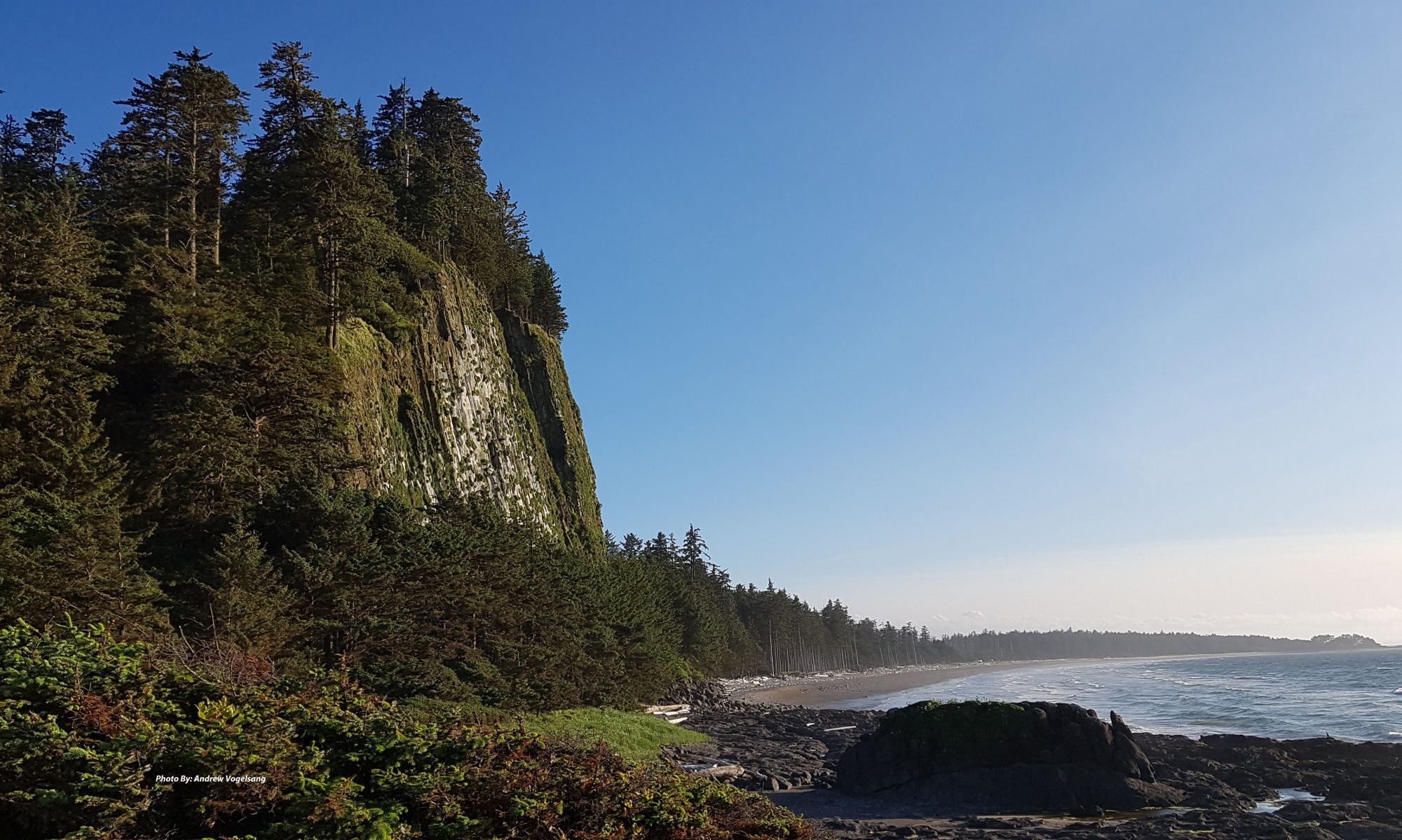
Photo by Nick Fewings on Unsplash
Accessibility is a word that has so many contexts depending on the area you are applying it to. Accommodations are the way that we, as a society or business, adapt to make sure that people of all abilities have the same opportunities. This week in class, led by Kim Ashbourne, we were discussing accessibility and there was a clear common thread from our cohort, “we don’t know, what we don’t know”. That statement is very true.
We, as educators, are used to adaptations to meet the unique needs of our students. However, do we adapt for the good of all without the drive to meet a certain student’s needs? After the class where we talked about adaptations, I started to see accessibility everywhere. I was watching a discourse between Dr. Fauci and Georgetown University and I could see the accessible nature of closed captioning (which I never noticed because I didn’t need it), Zoom instead of in person etc. I never thought of those things as I have never had to.
However, I had adaptations made for me by my school district after I had emergency hand surgery so I could continue to work teaching computers. I had lost the use of my left hand for more than 5 months. The big adaptation was a voice to text program called Dragon Speak. I had never heard of this program before, and may never have heard of it if I didn’t need an adaption or had a future student who would need it.
My master’s group is creating a website that has video we produced and other mediums of expressing the purpose and execution of our project. We are getting better with adding CC and Creative Commons licences, however, there are areas in which we can continue to improve to make sure it is accessible to all.
I am moving to the question, how can I make my classes more accessible? How can I adapt my teaching to reach more students not because an IEP says I need to, but because learning needs me to?
